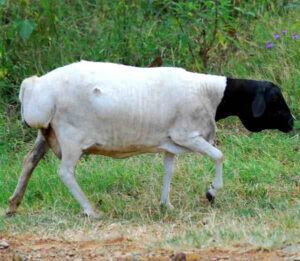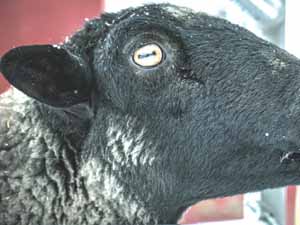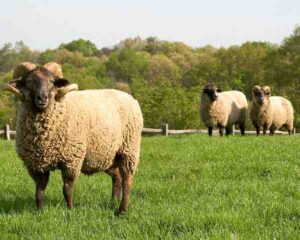The Stone sheep is a wild sheep breed known for their striking appearance and elusive nature. They live and survive in the mountainous terrains of North Western Canada and parts of Alaska. They are a subspecies of the Dall sheep (which is found across Alaska and Western Canada), and they are well adapted to their local environment.
They hold a special place in the cultural heritage of indigenous peoples in this region. And they are often featured in traditional stories, art and ceremonies. Today, total number of Stone sheep is less, and the efforts to conserve these sheep and their habitat are more crucial than ever.
Origin and history of Stone sheep
The Stone sheep are native to the mountainous regions of Alaska and North Western Canada. The breed was Named in honor of Sir William Stone (a prominent Canadian geologist). They were first recognized as a distinct subspecies in the early 20th century due to their unique dark brown to black wooly coats and curved horns. They have been an integral part of the indigenous culture in their native range.
Characteristics
The Stone sheep are very beautiful and are known for their striking appearance and elusive nature. They are easily distinguished by their dark brown to black wooly coat. And their coat provides excellent camouflage in their rocky and shadowy habitat. Their fur color become lighter in the winter, and varies with the seasons.
Both rams and ewes have horns. But the rams have large and curved horns, that can grow up to 30 inches in length and can weight up to 6.8 kg. But the ewes have much smaller and more slender horns. Average body weight of the mature rams is between 73 and 100 kg, with some individuals reaching up to 113 kg. The ewes are much smaller and their average weight is between 41 and 64 kg.

Dietary requirements
Dietary requirements of the Stone sheep are relatively less. They are primarily herbivores, feeding on a variety of plants (including grasses, shrubs, and lichens). They graze on different types of vegetation depending on what is available. And their diet generally changes with the seasons. They feed on lush Alpine grasses and flowers in the summer months. While their diet shifts to shrubs and lichens that are more accessible through the snow.
Reproduction
The Stone sheep are naturally very good breeders. They will breed easily in the wild. Although, they have a relatively slow reproductive rate. After successful mating, the ewes become pregnant and they generally give birth to a single lamb after a gestation period of about 180 days. Lambing generally occurs in the late May to Early June.
Behavior
Stone sheep are social animals and they generally live in groups. The rams and ewes generally form separate groups, with ewes and their lambs staying in smaller and more cohesive family units. Rams often gather in larger bachelor herds (particularly outside the breeding season).
Lifespan
Average lifespan of the Stone sheep is between 10 and 15 years.
Uses
The Stone sheep play a crucial role in their native environment by influencing vegetation growth. And they are valued in regulated hunting for their impressive horns. And after hunting they are used as food.
Stone sheep hunts
Stone sheep hunts are highly sought after by big-game hunters. They are popular among the hunters mainly for their impressive curved horns and the rugged, remote terrain they inhabit. Stone sheep hunts require significant skill, endurance, and preparation. Generally, these hunts are regulated to ensure sustainable populations and minimize environmental impact.
Stone sheep hunt cost
Stone sheep hunt cost can vary widely depending on some factors such as location, outfitter and the duration of the hunt. Average cost of guided Stone sheep hunts range from $20,000 to $40,000. Price will be much higher for hunting in exclusive or remote areas.





